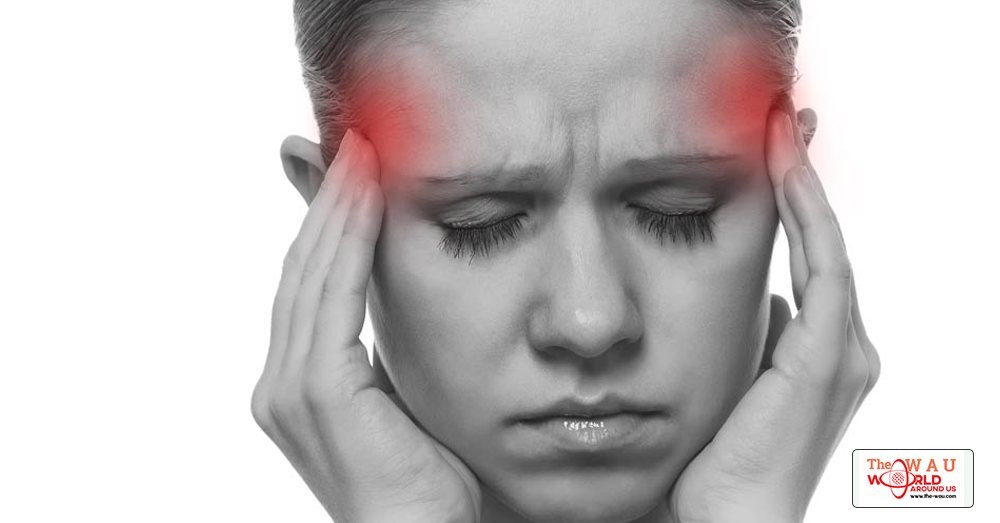Tension headaches are dull pain, tightness, or pressure around your forehead or the back of your head and neck. Some people say it feels like a clamp squeezing the skull. Often called stress headaches, they’re the most common type for adults.
When you get them less than 15 days per month, they’re called episodic tension headaches. If they happen more often, they’re called chronic.
These headaches can last from 30 minutes to a few days. The episodic kind usually start gradually, often in the middle of the day.
Chronic ones come and go over a longer period of time. The pain may get stronger or ease up throughout the day, but it’s almost always there.
Although your head hurts, tension headaches usually don't keep you from your daily activities, and they don’t affect your vision, balance, or strength.
Who Gets Them?
Up to 80% of adults in the U.S. get them from time to time. About 3% have chronic daily tension headaches. Women are twice as likely to get them as men.
Most people with episodic tension headaches have them no more than once or twice a month, but they can happen more often.
Many people with the chronic type have usually had them for more than 60-90 days.
What Causes Tension Headaches?
There's no single cause for them. Most of the time, they’re triggered by stress, whether from work, school, family, friends, or other relationships.
Episodic ones are usually set off by a single stressful situation or a build-up of stress. Daily strain can lead to the chronic kind.
This type of headache doesn’t run in families. Some people get them because of tightened muscles in the back of the neck and scalp. This muscle tension can come from:
- Not enough rest
- Bad posture
- Emotional or mental stress, including depression
- Anxiety
- Fatigue
- Hunger
- Low iron levels
For others, tightened muscles aren’t part of tension headaches, and there’s no clear cause.
What Are the Symptoms?
A few common ones are:
- Mild to moderate pain or pressure in the front, top, or sides of the head
- Headache that starts later in the day
- Trouble sleeping
- Feeling very tired
- Irritability
- Trouble focusing
- Mild sensitivity to light or noise
- Muscle aches
Unlike migraine headaches, you won’t have other nerve symptoms, such as muscle weakness or blurred vision. And they don’t usually cause severe sensitivity to light or noise, stomach pain, nausea, and vomiting.
...[ Continue to next page ]
Share This Post















